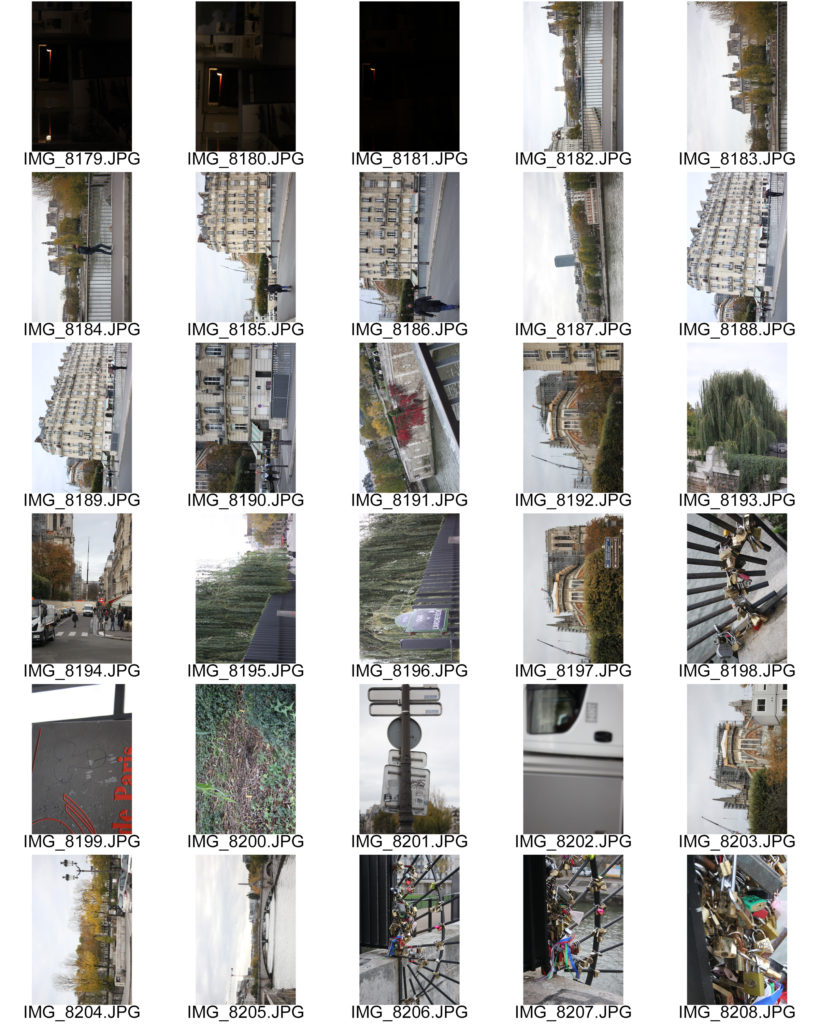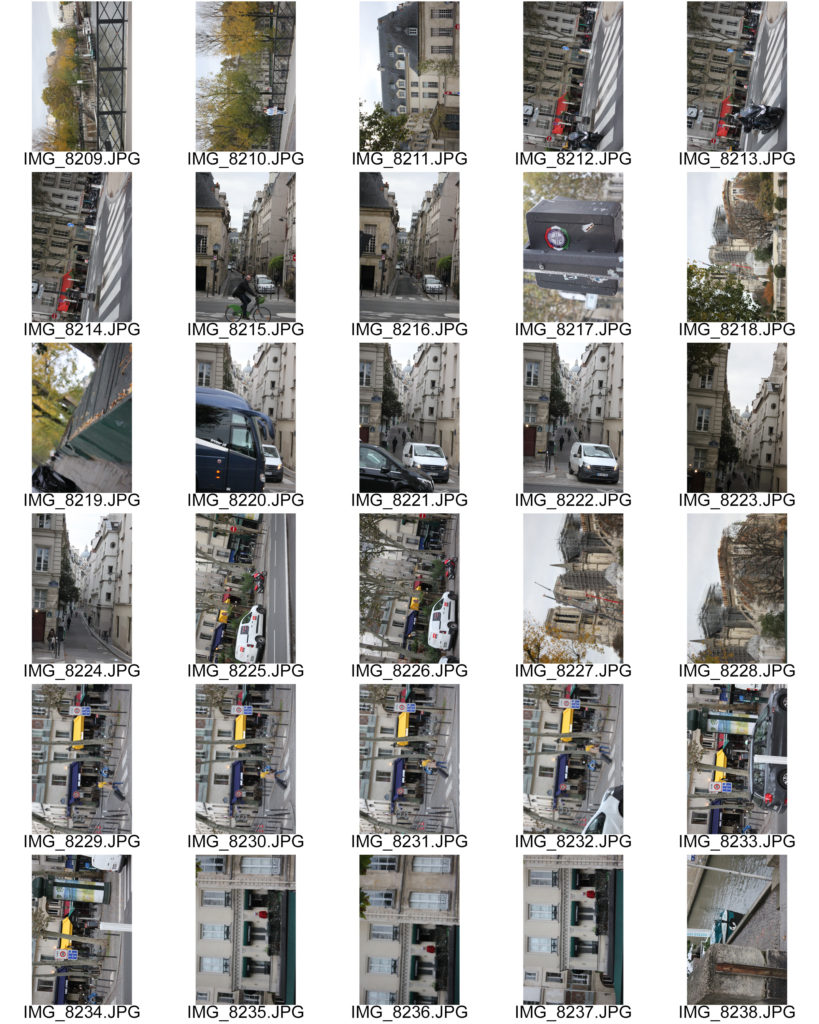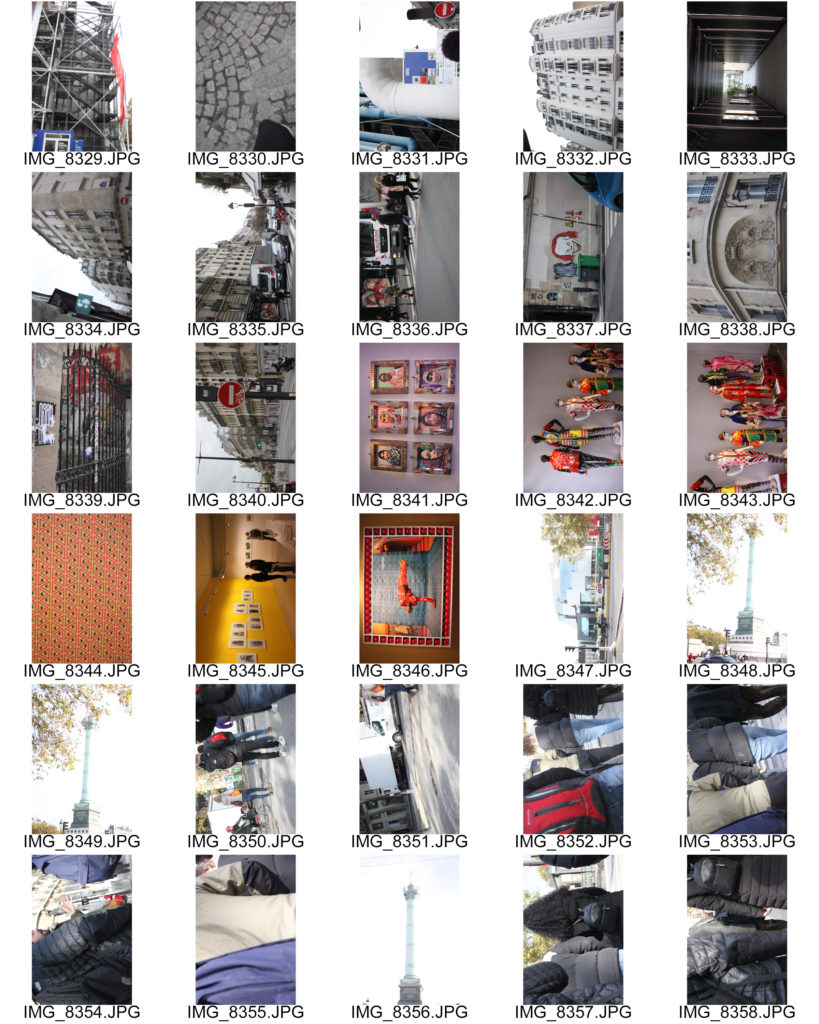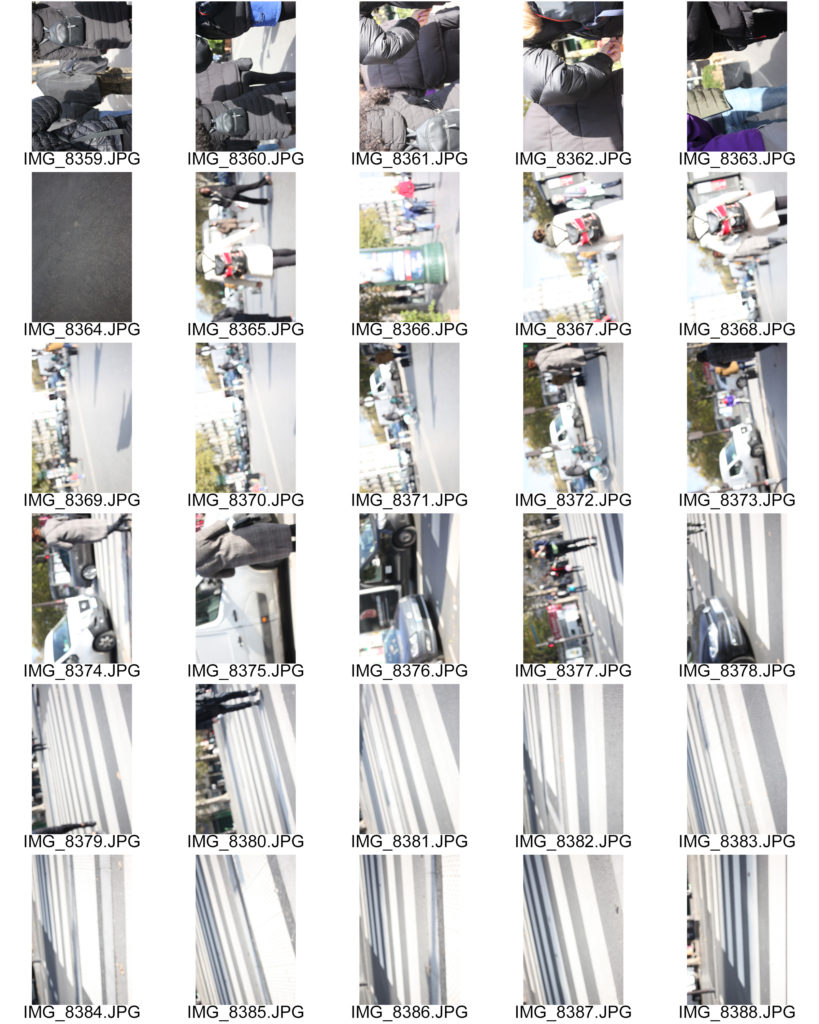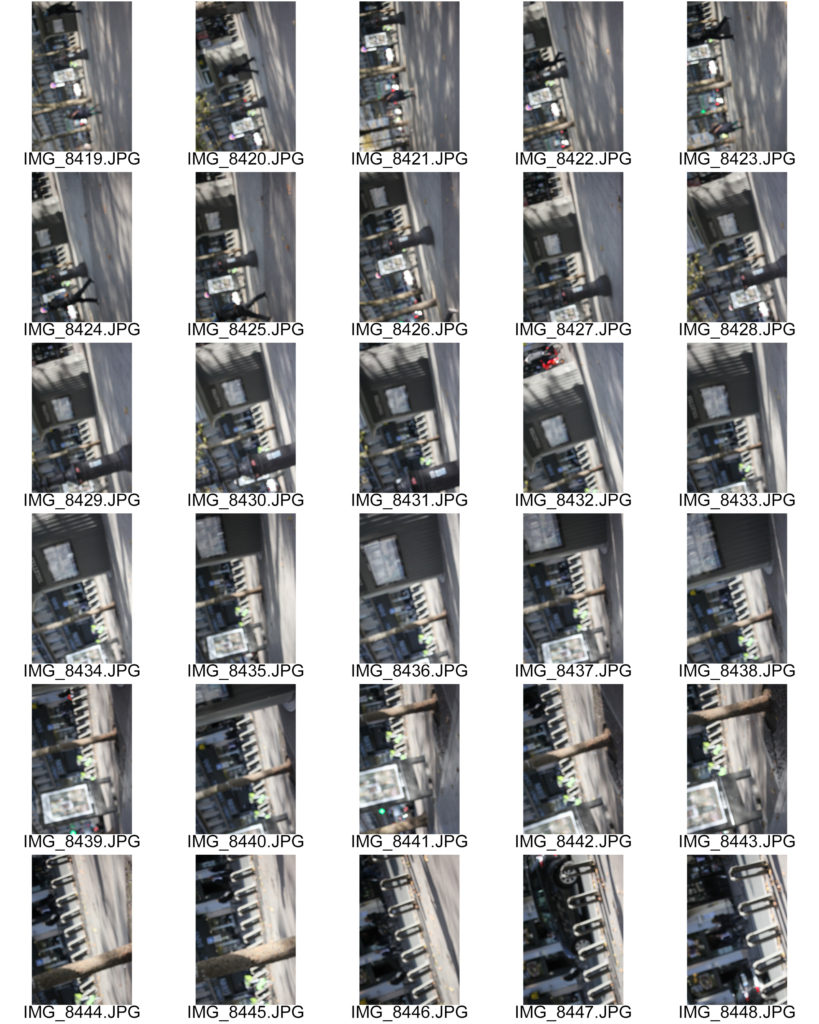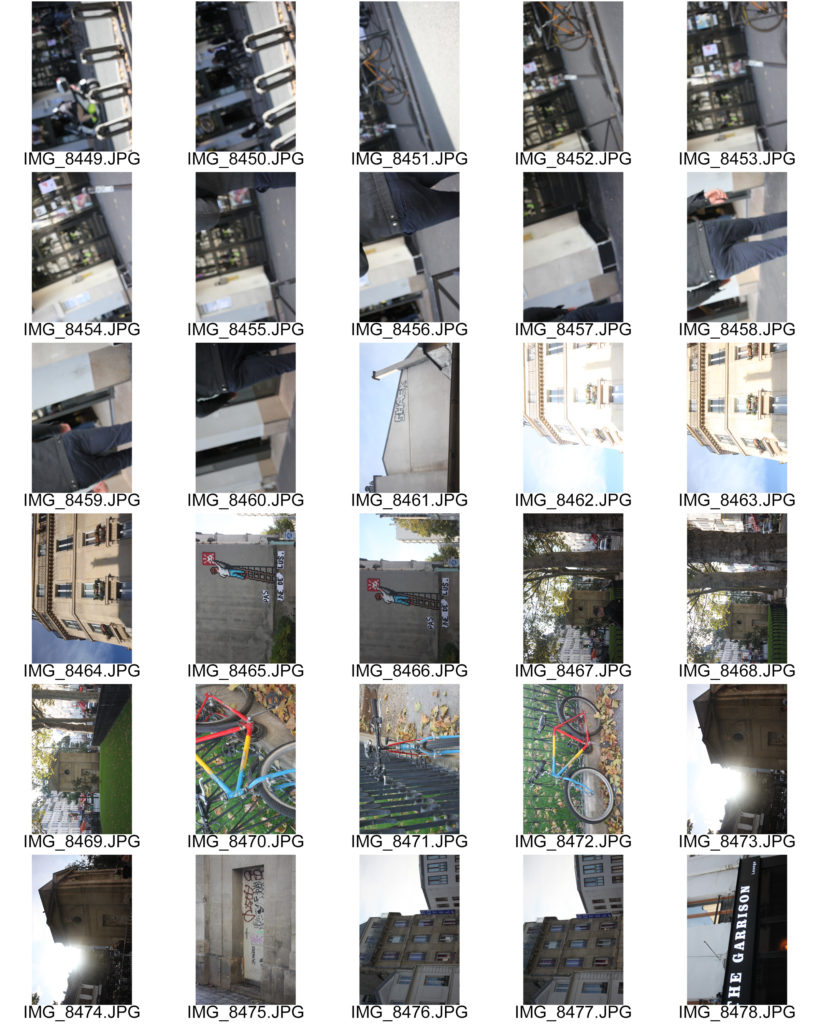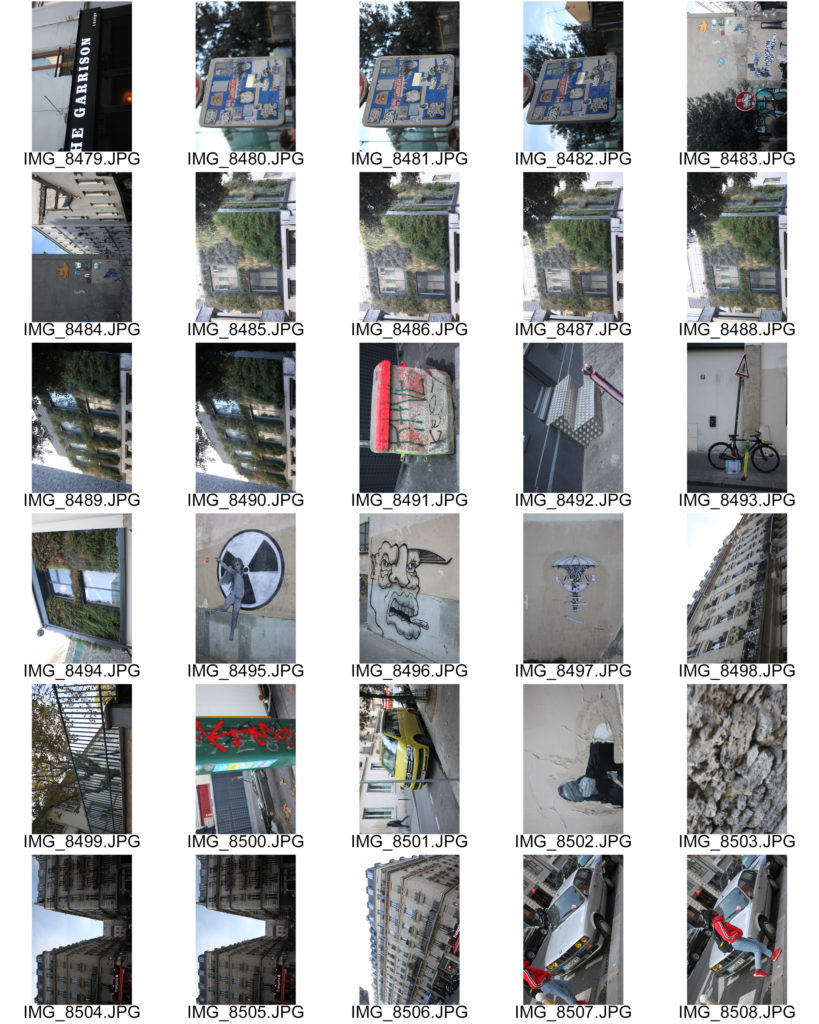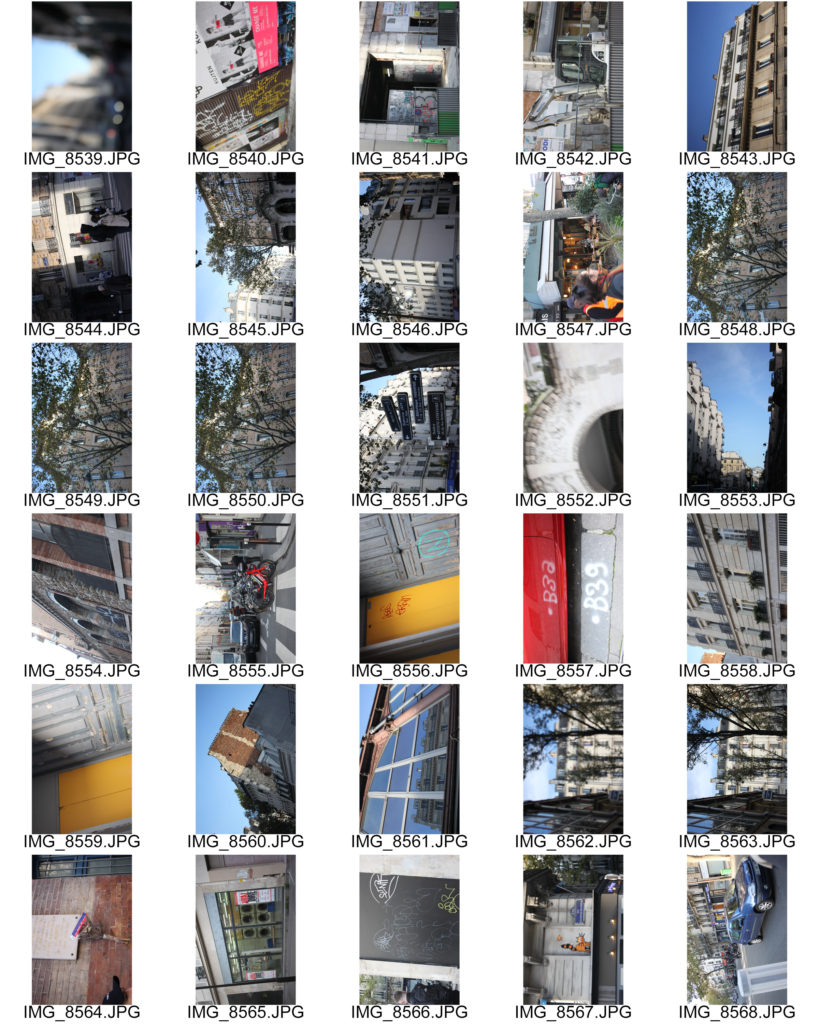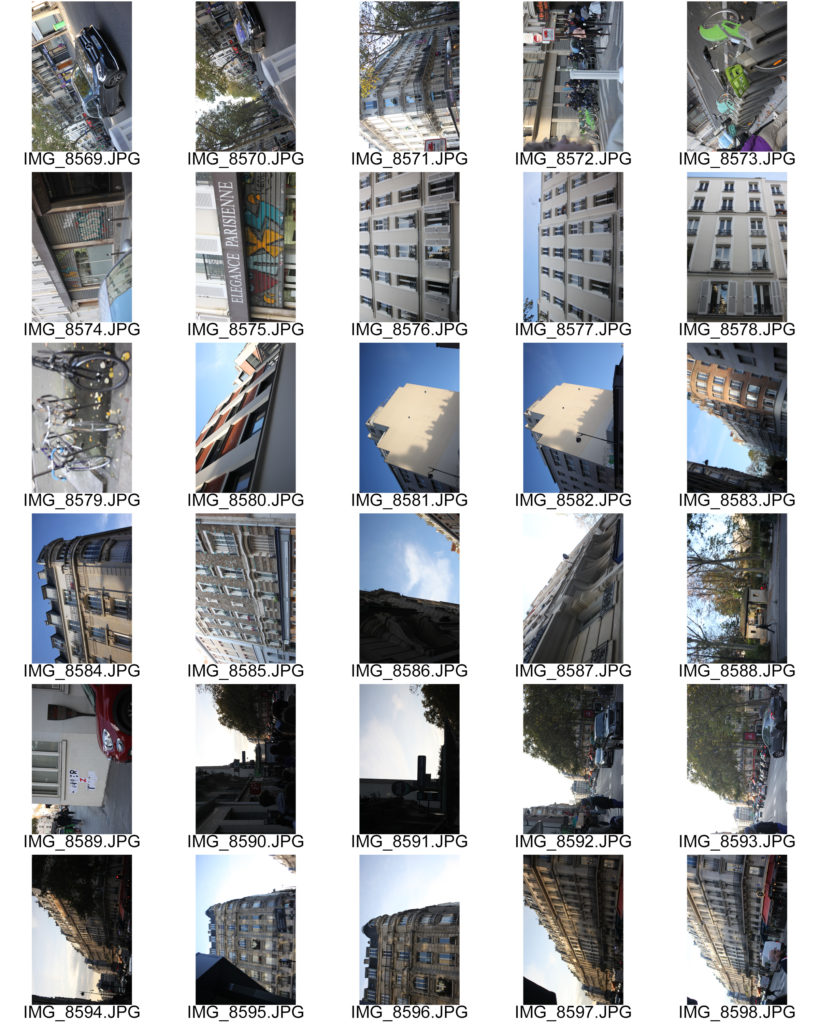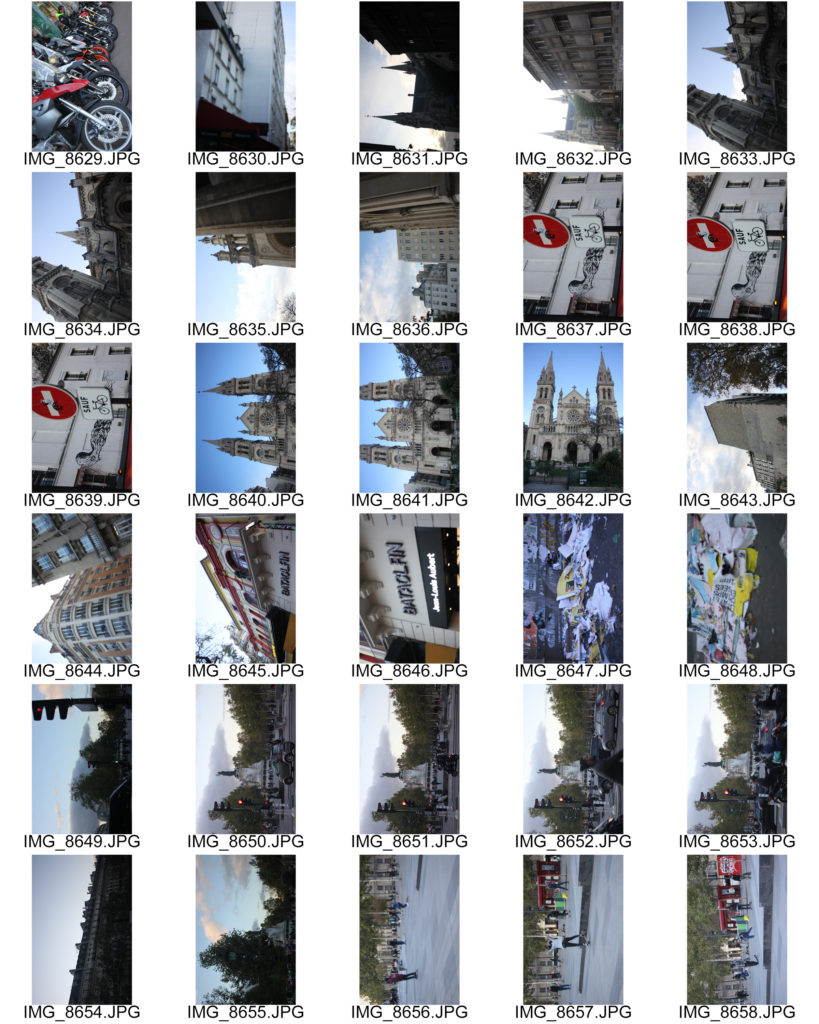Straight photography emphasizes and engages with the camera’s own technical capability to produce images sharp in focus and rich in detail. The term generally refers to photographs that are not manipulated, either in the taking of the image or by darkroom or digital processes, but sharply depict the scene or subject as the camera sees it. Paul Strand and Alfred Stieglitz pioneered Straight photography in New York while the Hungarian-born László Moholy Nagy exploited pure photography to maximize the graphic structure of the camera-image. These straight or pure approaches to photography continue to define contemporary photographs, while being the foundation for many related movements, such as Documentary, Street photography, Photojournalism, and even later Abstract photography.
Daily Archives: November 9, 2019
Filters
Contextual Studies – Post 4 (Postmodernism)
Post Modernism:
Post Modernism was developed in the mid to late 20th century by Architects as they criticised an international style of modern architecture to explore the way society constructs and imposes a traditional hierarchy of cultural values and meaning. The style goes the against the cultural trends in photography, also known as ‘modernism’. It focuses on the rapid change within society and the prospect of people making their own decisions.

It is to be a language which allows a discourse between the unconscious and conscious to ensure the unconscious plays a role within the world. Postmodernism embraces complex and often contradictory layers of meaning.
Barbara Kruger:
Barbara Kruger was born in Newark, New Jersey, in 1945. After attending Syracuse University, the School of Visual Arts, and studying art and design with Diane Arbus at Parson’s School of Design in New York, Kruger obtained a design job at Condé Nast Publications. Working for Mademoiselle Magazine, she was quickly promoted to head designer. Later, she worked as a graphic designer, art director, and picture editor in the art departments at House and Garden, Aperture, and other publications. This background in design is evident in the work for which she is now internationally renowned. She layers found photographs from existing sources with pithy and aggressive text that involves the viewer in the struggle for power and control that her captions speak to. In their trademark black letters against a slash of red background, some of her instantly recognisable slogans read “I shop therefore I am,” and “Your body is a battleground.”
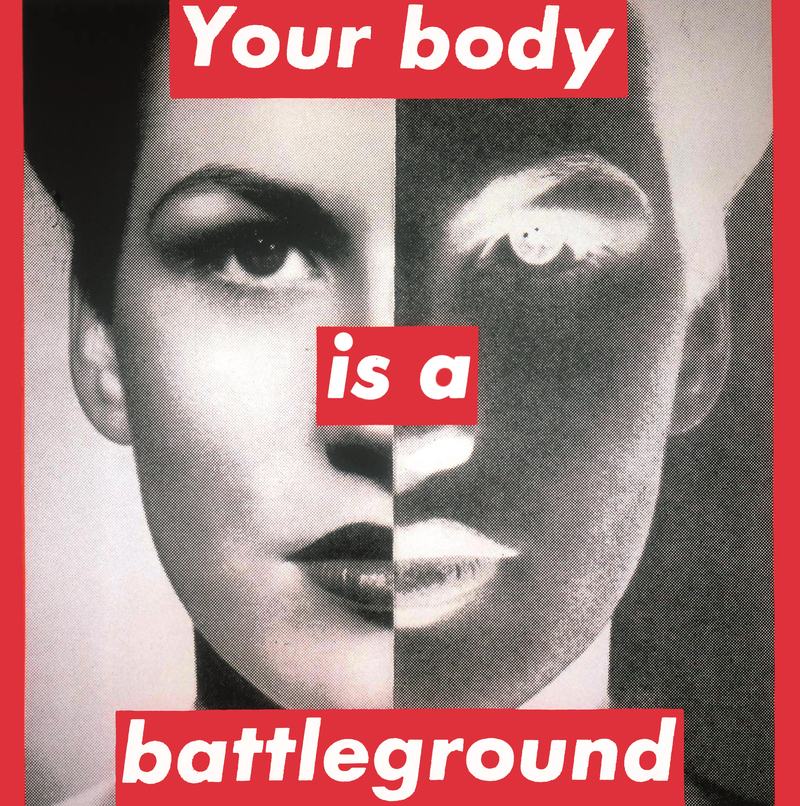
Much of her text questions the viewer about feminism, classicism, consumerism, and individual autonomy and desire, although her black-and-white images are culled from the mainstream magazines that sell the very ideas she is disputing. As well as appearing in museums and galleries worldwide, Kruger’s work has appeared on billboards, bus cards, posters, a public park, a train station platform in Strasbourg, France, and in other public commissions. She has taught at the California Institute of Art, The School of the Art Institute of Chicago, and the University of California, Berkeley. She lives in New York and Los Angeles.

Paris trip – Raw images
A photo sheet of all the raw images I took on the trip.
